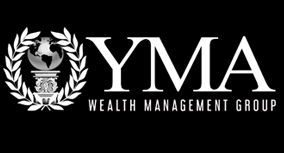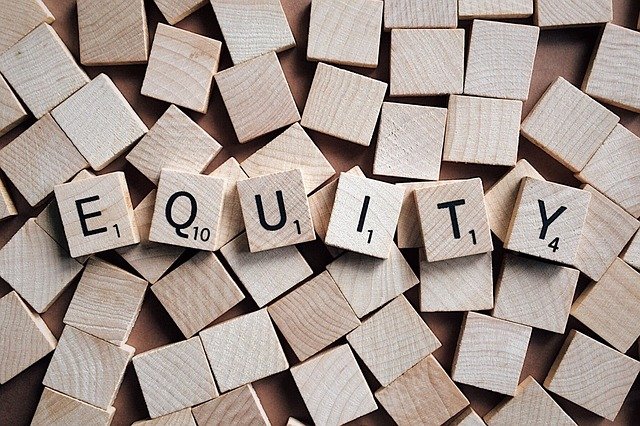The idea of a home equity line of credit, or HELOC, is becoming increasingly popular in the face of rising housing prices. A key advantage to this type of loan is that it does not require monthly payments and can be paid off at any time without penalty. On the flip side though if you default on your repayment plan they will force you to sell your property which could result in negative cash flow after paying homeowner’s insurance and taxes while living there until selling for less than what was owed with no way out except back into another mortgage.
Homeowners are looking for creative ways around their skyrocketing real estate values so as not to lose large sums when purchasing new homes—a common concern becomes how much money one would have left over.
What’s a HELOC?
With a home equity line of credit, you have access to up 85% of your home’s value or the remaining balance after mortgage payments. So if your appraisal was at $400k and you owe $200k on it now, then that gives an 80/10 ratio for how much is available in total. Unlike with mortgages where rates stay fixed over time (unless there are changes), HELOCS can change depending on what index rate goes up or down as well as having variable interest rates themselves; meaning they go up and down too! Lenders will determine their markup based off this by using something called an “index+markup formula.”
When considering a HELOC, remember to consider the wealth-building aspects of your home before using it for things like new cars and vacations. It can be tempting – especially with all that house equity! But don’t forget: The best thing you can do is make improvements on what’s already there in order to build up its value even more so when time comes to sell or trade in down the road.
Home Equity Line of Credit vs. Home Equity Loan
Home equity lines of credit (HELOCs) and home equity loans are two different ways to access money from your house. A HELOC is more like a revolving line-of-credit, where you can withdraw as much or little as you want up to the limit with no penalty for early withdrawal—or not withdrawing at all if that suits your needs best! But while HELOCs give flexibility in terms of what amount one would need when they use it, there’s still an upfront cost: even though interest rates may be lower than on other types of loan options such as mortgages; high borrowing costs could make this option less attractive because those funds will then be unavailable to work.
Homes are our most valuable assets. It is important to consider the pros and cons of each type of loan before tapping into a home’s equity for funds or credit. A second mortgage might be better than an unsecured personal loan, but it could also put your family at more risk if you don’t know what you’re doing with it. Talk to finance specialists about which option will work best for your situation so that there aren’t any surprises when things go wrong!

